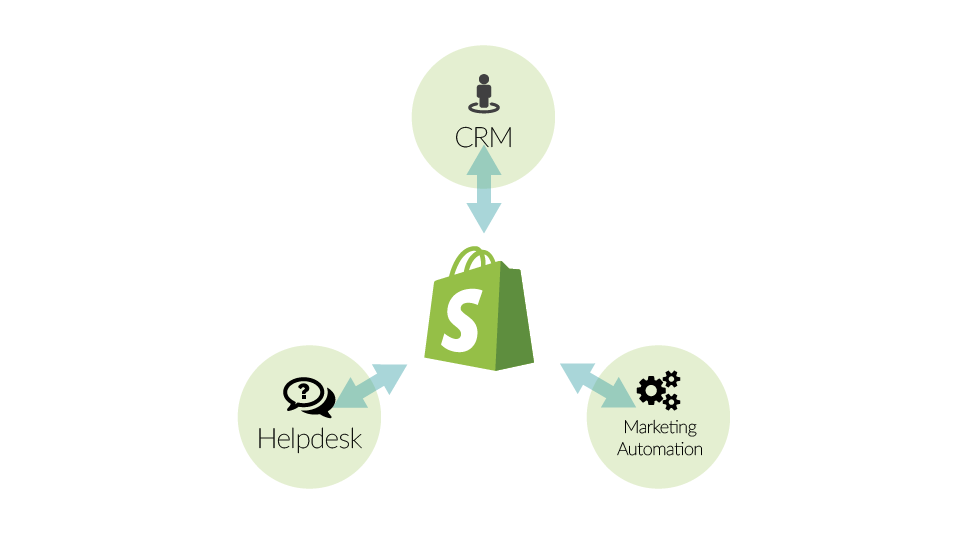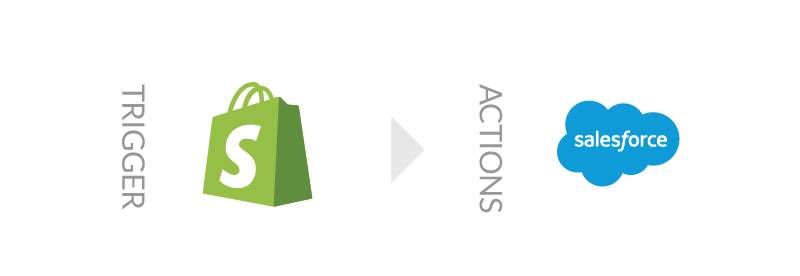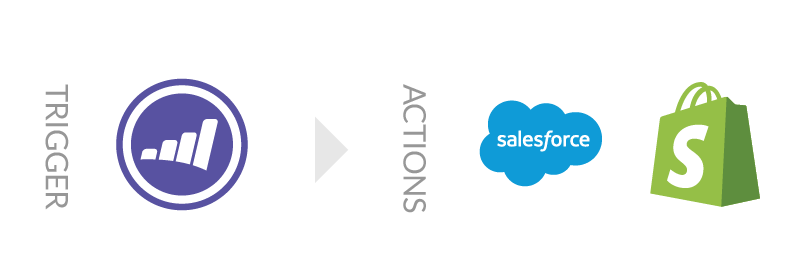As a new small business owner, breaking into the market is hard. A physical storefront will build your brand and an attractive storefront will reach customers beyond your Pinterest followers. But what you may not have calculated was how your website went viral via social media. Sales are now coming in from all different directions, even wholesale requests. This great news suddenly becomes chaos. Before, you were using archaic systems like costly electronic payments, handwritten purchase orders/invoices and a completely different in-store credit processing system. You’ve got to find a way to keep up with the spike in sales without losing unsatisfied customers.
Introducing Shopify, the cloud app that helps business owners sell their products and grow their business using a single platform. Whether you sell your product online, in-store, or both, Shopify lets users accept and fulfill multiple orders at once, links product shipping with major carriers and track sales or growth trends. This way, you can focus on the big-picture for the future: marketing and advertising strategies, hiring decisions or even storefront expansion instead of fumbling around with manually-input sales spreadsheets and post office receipts.
Integrating Shopify Across Business Functions
A fast, increased number of multi-channel sales coming in without a central way to properly manage them could lead to improper inventory supplies (think unstocked physical and virtual shelves). Orders are placed slower and customers disgruntled, whereas an automatic inventory management alert from an app could have triggered an instantaneous re-order, solving the problem before it even became one. Utilizing traditional sales methods can predispose errors like vendors and employees receiving late payments or production stalls because your cash flow is tied.
Don’t put your profitability at risk. Left on its own, Shopify will assist you with order approval, but will not automate your accounting, target marketing campaigns or send promotional emails until it is fully integrated with other business apps. Integrating Shopify to other business apps could prevent such challenges.
Workato Recipes Enhance Shopify’s Value
Sales is a dynamic business and hard coded integrations can no longer keep up with how these systems change. Investing time in custom integrations takes time away from your sales. Workato’s ready-made recipes can ensure Shopify is integrated with your accounting, payroll and finance apps so that small business owners have accurate and real-time snapshots of their business. These recipes compile a full library of Shopify workflows that will autonomously sync your business data.
—
Salesforce Opportunities Are Created When a User Purchases Using Shopify
With this recipe, you are given the power to keep track of who buys what. Therefore, you can run more targeted campaigns to your customers utilizing this data.
Marketo Leads Become Salesforce Leads and Customers in Shopify
Potential customers will not fall through the sales funnel because the purchase process now becomes seamless.
A New Shopify Order Triggers a New Customer in Zendesk
This recipe allows customers to be ready to get customer service and support as soon as they buy a product, allowing no lost time in receiving customer support.
—
Shopify has lots of potential value once it is integrated with other business apps. Let Workato handle the data integration process, so you can direct your time towards growing sales and customer service. Visit the numerous Shopify recipes from Workato and help your small business compete in the modern age.



